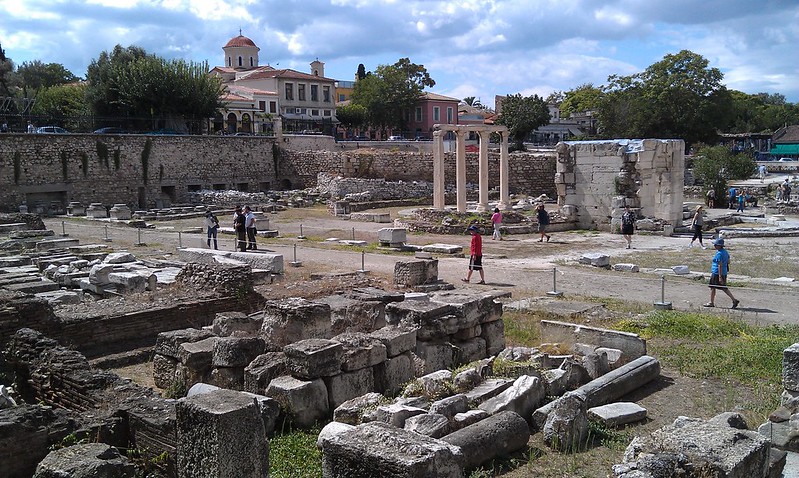Cultural sites of historical and cultural significance are pivotal in enlightening our understanding of our past and roots. These revered locations are frequently flocked by sightseers, researchers, and locals. Unfortunately, not all individuals can easily gain access to these valuable sites. The following discourse will delve into the significance of accessibility in cultural heritage sites and the reasons why it is vital for everyone to have a fair chance of visiting them.
The Necessity of Accessible Cultural Heritage Sites
Cultural and historical sites are commonly situated in terrain that poses difficulties for people with mobility issues to navigate. Additionally, numerous sites are not equipped with proper infrastructure, such as wheelchair ramps, audio guides, and braille signage. These factors result in limited access for visitors who are deprived of fully experiencing the historical and cultural significance of the site. Furthermore, the lack of accessibility infringes on the rights of individuals with disabilities, who are entitled to equal access to cultural heritage sites.
The Importance of Accessibility for Everyone
Accessible cultural heritage sites offer more than just benefits for people with disabilities. They provide the opportunity for everyone, including elderly, pregnant, or temporarily injured individuals, to have the full cultural experience. Additionally, accessibility features also benefit families with small children who need strollers, individuals who are not native speakers of the local language, and those who require visual or audio assistance to understand the history and cultural significance of the site.
The Role of Technology in Enhancing Accessibility
Technology is an invaluable tool that has revolutionized the field of accessibility, making it possible for people with disabilities to access information and communicate with ease. Similarly, technology can also enhance accessibility in cultural heritage sites. For example, audio guides with location-based triggers can provide a richer and more interactive experience for visitors with hearing or visual impairments. Furthermore, 3D models of the site can provide a tactile experience for people with visual impairments. By utilizing technology, cultural heritage sites can become more inclusive and accessible to all.
The Importance of Inclusive Design
Inclusive design should be a top priority in the creation of cultural heritage sites. Inclusive design is an approach that prioritizes the creation of products and environments that are user-friendly and accessible for everyone, regardless of their abilities or disabilities. This design approach does not focus on specific groups of people but instead caters to everyone. It is a more cost-effective and efficient approach to accessibility than retrofitting sites after the fact.
Conclusion
In conclusion, cultural heritage sites play an integral role in preserving our history and culture. However, it is imperative that these sites are accessible to everyone. The lack of accessibility prevents many individuals from experiencing these sites to their fullest potential and violates the rights of persons with disabilities. By embracing technology and prioritizing inclusive design, cultural heritage sites can become more inclusive and accessible to everyone.
This post is part of a series on The impact of technology on cultural heritage preservation
- The Importance of Open Data in Cultural Heritage Preservation
- The Future of Open Data in Cultural Heritage
- The Role of Social Media in Promoting Cultural Heritage
- The Ethics of Digital Preservation
- The Importance of Accessibility in Cultural Heritage
- The Impact of AI on Cultural Heritage Preservation


